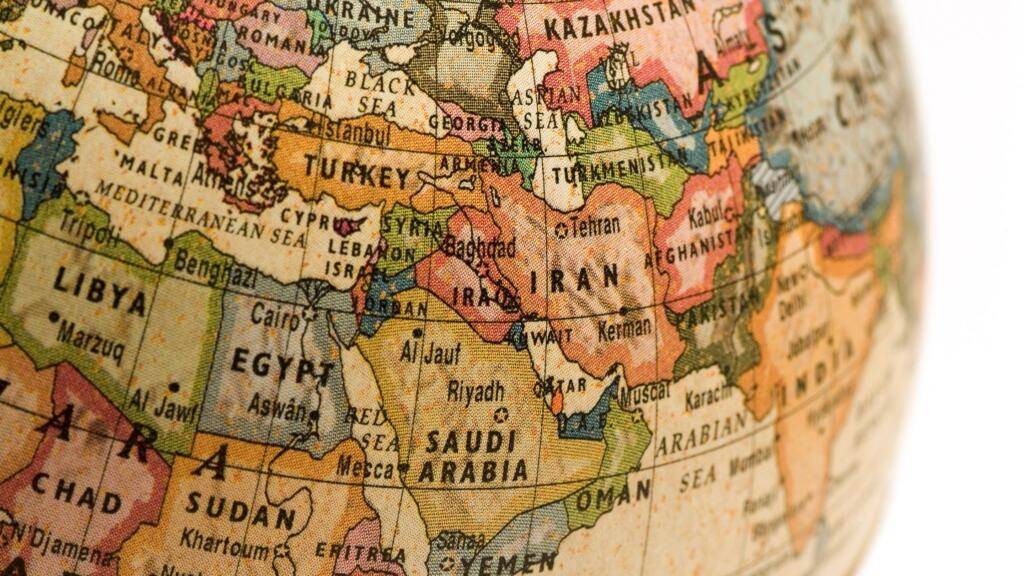The Middle East is rapidly emerging as a global hub for additive manufacturing (AM). Governments across the region are playing a pivotal role in this transformation by implementing various initiatives and policies aimed at fostering the growth of AM technologies. These efforts are not only boosting economic diversification but also positioning the Middle East as a leader in innovative manufacturing practices.
Table of Contents
UAE: Pioneering the Future with the Dubai 3D Printing Strategy
The UAE is at the forefront of the AM revolution in the Middle East, with Dubai leading the charge through its ambitious Dubai 3D Printing Strategy. Launched in 2016, this strategy aims to make Dubai a global hub for 3D printing by 2030, with a specific goal of 3D printing 25% of all new buildings. The strategy focuses on three key sectors: construction, medical products, and consumer goods.
Join AM Conclave Middle East and Connect with the entire Additive Manufacturing & 3D Printing ecosystem at one place including users, software providers, technology and material manufacturers, researchers, policy makers and Standards / Certificates & Qualification Bodies.
The government’s support extends beyond strategic goals; it includes substantial investments in infrastructure, research, and development. The Dubai Municipality has established a dedicated 3D printing facility, and various collaborations with international 3D printing firms are being fostered to bring cutting-edge technology to the region. By creating a conducive environment for innovation, the UAE government is attracting global talent and investments, driving the local AM industry forward.
Saudi Arabia: Vision 2030
Saudi Arabia’s Vision 2030, an ambitious plan to diversify its economy away from oil dependency, prominently features advanced manufacturing technologies, including AM. The Saudi Arabian Standards Organization (SASO) is developing standards for 3D printing to ensure quality and safety in the industry. Furthermore, the government is investing in educational initiatives and research institutions to build a skilled workforce capable of driving the AM sector.
These efforts are creating a robust ecosystem that supports the growth and integration of AM technologies into various industries, including healthcare, aerospace, and construction.
Qatar: Fostering Innovation and Industrial Development
Qatar is also making significant strides in adopting AM, driven by its National Vision 2030. The government is focusing on enhancing the nation’s technological capabilities and fostering innovation. The Qatar Science & Technology Park (QSTP) plays a crucial role in this, providing a platform for startups and established companies to collaborate and innovate in the field of AM.
Government-backed programs and funding opportunities are available to encourage research and development in 3D printing technologies. These initiatives are aimed at building a knowledge-based economy, reducing dependence on imports, and promoting local manufacturing capabilities.
Oman and Bahrain: Emerging Players in AM
Oman and Bahrain, though relatively smaller players, are also embracing AM with supportive government policies. Oman has launched initiatives to incorporate 3D printing in its construction sector, aiming to reduce costs and improve efficiency. The Oman 3D Printing Strategic Roadmap outlines the government’s vision to integrate AM across various sectors, including education and healthcare.
Bahrain, on the other hand, is focusing on creating a regulatory framework that supports innovation in 3D printing. The Bahrain Economic Development Board (EDB) is actively promoting the country as a destination for advanced manufacturing investments, with a particular emphasis on AM technologies.
Regional Collaboration and Knowledge Sharing
A significant aspect of the Middle East’s approach to AM is the emphasis on regional collaboration and knowledge sharing. Events like the AM Choclave Middle East serve as important platforms for stakeholders to exchange ideas, discuss challenges, and explore opportunities. These events facilitate partnerships between governments, academia, and industry, fostering a collaborative environment that is essential for the growth of AM technologies.
Conclusion
Government initiatives and policies are crucial drivers of the additive manufacturing revolution in the Middle East. By investing in infrastructure, education, and research, and by fostering a conducive environment for innovation, Middle Eastern governments are positioning the region as a leader in AM technologies. As these initiatives continue to evolve, the Middle East is set to reap significant economic and technological benefits, solidifying its status as a global hub for additive manufacturing.


